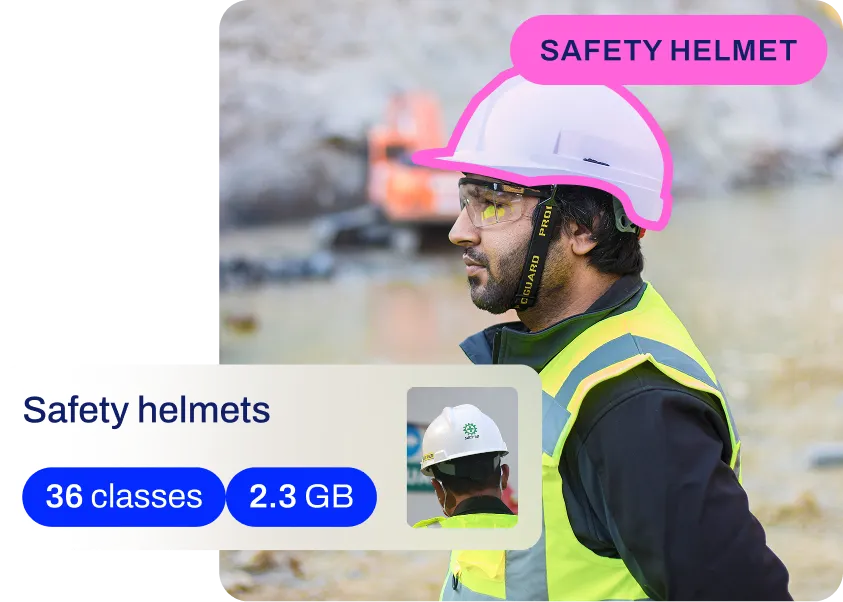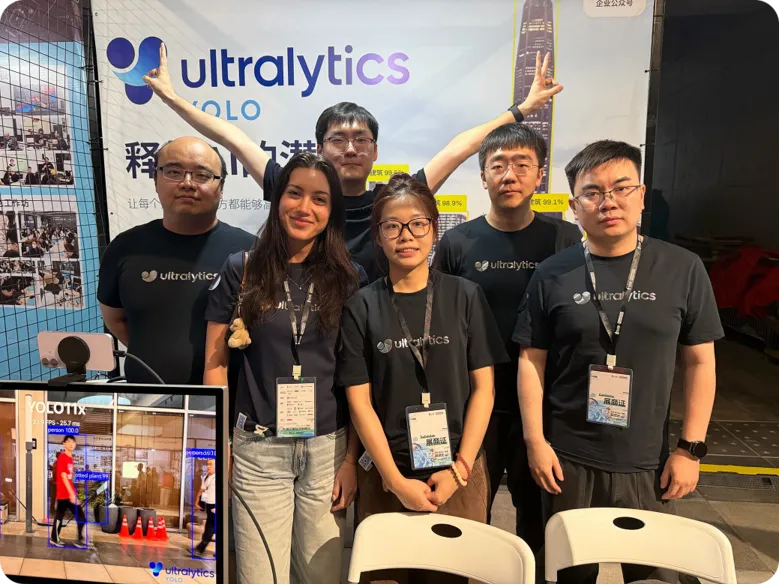Distributed Training
Accelerate AI training with distributed training! Learn how to reduce training time, scale models, and optimize resources for complex ML projects.
Distributed training is a powerful technique in
machine learning (ML) that accelerates the
model creation process by splitting the computational workload across multiple processors, such as
Graphics Processing Units (GPUs) or
Tensor Processing Units (TPUs). By leveraging the combined power of concurrent devices—whether located on a single
workstation or networked across a vast cluster—developers can drastically reduce the time required to train complex
deep learning (DL) architectures. This approach is
essential for handling massive datasets and developing state-of-the-art
artificial intelligence (AI) systems,
enabling faster iteration cycles and more extensive experimentation.
Core Strategies for Parallelization
To effectively distribute the workload, engineers typically employ one of two primary strategies, or a hybrid approach
designed to maximize efficiency:
-
Data Parallelism: This is the most common method for tasks like
object detection. In this setup, a complete copy
of the model resides on every device. The
training data is divided into smaller chunks, and
each device processes a different subset simultaneously. During the
backpropagation phase, gradients are computed
independently and then synchronized across all devices using communication protocols like the
Message Passing Interface (MPI) to update the
model weights consistently.
-
Model Parallelism: When a
neural network (NN) is too large to fit within
the memory of a single GPU, model parallelism is required. The layers or components of the model are partitioned
across different devices. Data flows sequentially or concurrently between devices as it passes through the network.
This technique is critical for training massive
foundation models and
Large Language Models (LLMs), where
parameter counts can reach into the trillions, requiring specialized tools like
Microsoft DeepSpeed to manage memory.
Real-World Applications
Distributed training enables industries to solve problems that were previously computationally infeasible due to time
or memory constraints.
-
Autonomous Driving: Developing reliable self-driving cars requires processing petabytes of video
and sensor data. Automotive companies use large-scale distributed clusters to train vision models for real-time
semantic segmentation and object tracking.
By utilizing AI in Automotive workflows,
engineers can iterate rapidly on safety-critical models to improve performance.
-
Medical Imaging: In
AI in Healthcare, analyzing high-resolution 3D
scans such as MRIs or CTs demands significant computational resources. Distributed training allows researchers to
train high-accuracy diagnostic models on diverse,
privacy-compliant datasets. Frameworks like
NVIDIA CLARA often rely on distributed techniques
to process these complex medical images efficiently.
Implementing Distributed Training with YOLO
The ultralytics library simplifies the implementation of Distributed Data Parallel (DDP) training. You
can easily scale your training of YOLO11 models across
multiple GPUs by simply specifying the device indices.
from ultralytics import YOLO
# Load a pre-trained YOLO11 model
model = YOLO("yolo11n.pt")
# Train the model using two GPUs (device 0 and 1)
# The library automatically handles DDP setup for parallel processing
results = model.train(data="coco8.yaml", epochs=5, device=[0, 1])
Distributed Training vs. Related Concepts
It is important to distinguish distributed training from other related terms in the AI ecosystem:
-
vs. Federated Learning: While both involve multiple devices, their primary goals differ.
Distributed training typically centralizes data in a high-performance cluster to maximize speed and throughput. In
contrast, federated learning keeps data
decentralized on user devices (like smartphones) to prioritize
data privacy, aggregating model updates without the
raw data ever leaving the source device.
-
vs. High-Performance Computing (HPC): HPC is a broad field encompassing supercomputing for
scientific simulations, such as weather forecasting. Distributed training is a specific application of HPC applied
to optimization algorithms in neural
networks, often utilizing specialized communication libraries like
NVIDIA NCCL to reduce latency between GPUs.
Tools and Ecosystem
A robust ecosystem of open-source tools and platforms supports the implementation of distributed training:
-
Frameworks: PyTorch offers native
support via its distributed package, while
TensorFlow provides strategies like
MirroredStrategy for seamless scaling.
-
Orchestration: Managing resources across a large cluster often involves container orchestration
tools like Kubernetes or
Kubeflow, which automate the deployment and scaling of training jobs.
-
Cloud Infrastructure: Major providers offer managed services such as
AWS SageMaker and
Google Cloud TPUs that provide optimized infrastructure for distributed
workloads, removing the burden of hardware maintenance.
-
Universal Scalability: Libraries like Horovod and
Ray provide framework-agnostic approaches to scaling, allowing developers to adapt
their code for distributed environments with minimal changes.












